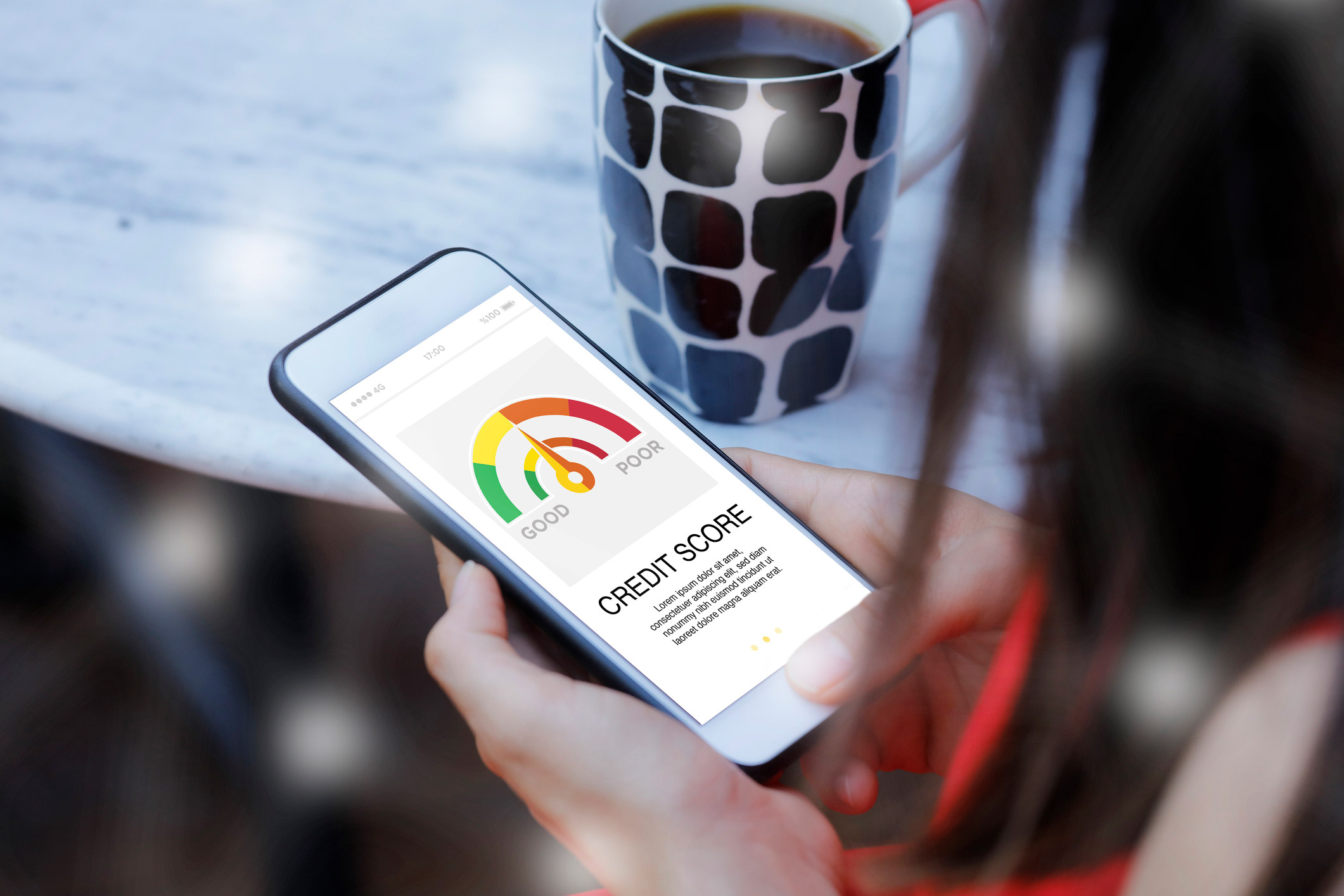Understanding HELOC
A home equity line of credit (HELOC) is an open line of credit that allows you to repeatedly borrow money against the equity you have in your home. It works a bit like a credit card: As you borrow — or “draw” — money to use, your available credit decreases; and as you repay your balance, your available credit goes back up. However, unlike a credit card, a HELOC uses your home as collateral. That means, if you are not able to make the required payments, you could risk losing your home.
A HELOC vs. a home equity loan
A home equity loan is a lump sum of cash, borrowed against your equity in your home, and paid off by consistent monthly payments over a set period of time.
A HELOC, in contrast, is a pre-approved amount of revolving credit, based on the equity in your home, that you can access during a specific “draw period.” You then pay off the balance during a “repayment period,” over a fixed term of years. It’s important to note that, due to various factors, your HELOC payments may change from month to month.
What you need to know about HELOC
How does a HELOC work?
There are two periods of a HELOC: a draw period and a repayment period.
Draw period
This is a fixed time frame within which homeowners can borrow from their home equity. It may be a 10-year window, for example, though the time frame depends on the terms of your loan. You will be expected to make regular HELOC payments – in addition to your normal monthly mortgage payment – toward your outstanding balance during the draw period.
During this time, you will be charged interest on any money borrowed from your home’s equity but not on the unused amount of credit. For example, if you have a $30,000 HELOC and have an outstanding balance of $5,000, then you’ll only pay interest on the $5,000.
HELOCs may also come with annual fees regardless of if they’re used or not. It’s important to ask your lender if there are any fees, you’ll be expected to pay in addition to the interest so you can understand the true cost of the HELOC.
Repayment period
This is when you will no longer be able to borrow additional money from the HELOC account and will be required to pay off the outstanding HELOC balance in regular periodic payments. It is also a fixed number of years.
Homeowner tip
Generally, HELOCs have variable interest rates, which means your payments may fluctuate from month to month, depending on the market. Also, your lender may not allow you to borrow funds if your home’s value decreases significantly due to market changes.

Pros and cons of a HELOC
Lastly, let’s go over some key benefits and drawbacks.
Pros
- You have access to cash.
- There are no interest payments on untouched funds.
Cons
- Because your home serves as collateral for a HELOC, you risk losing your home to foreclosure if you’re unable to repay the loan.
- A HELOC shrinks home equity.
- There is a cost of interest on the money you borrow.
- If you have a variable interest rate, your payment can rise if rates increase.
- You may be charged annual fees regardless of if you borrow money.





